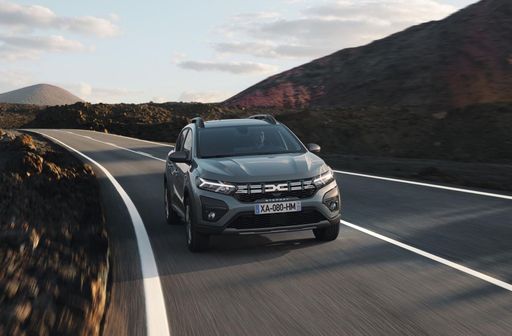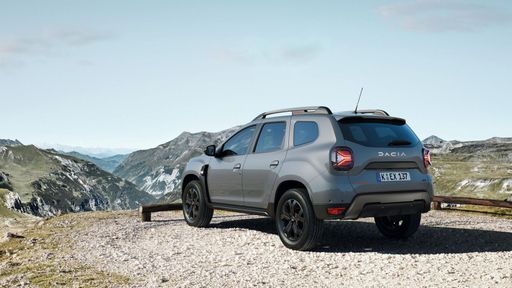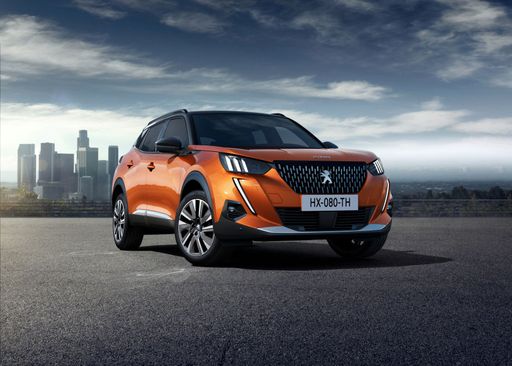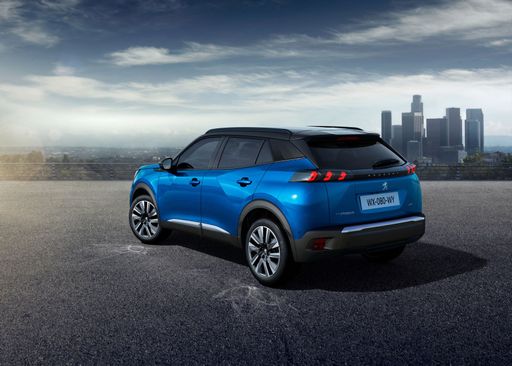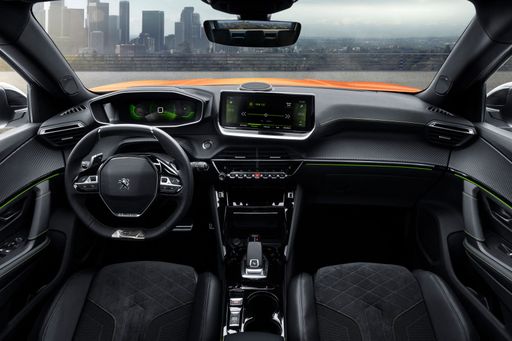Engine Choices and Performance
Under the hood, the Dacia Duster offers a diverse range of engine types, including LPG, Full Hybrid, and Petrol MHEV. With power outputs ranging from 91 to 140 horsepower, it can cater to both economy-minded drivers and those seeking more performance. The full hybrid engine provides the bonus of reduced fuel consumption, making it an attractive option.
The Peugeot 2008, on the other hand, comes with Petrol and Electric engine options. The power ranges from 101 to 156 horsepower, with the electric model boasting a maximum range of up to 406 kilometers. Insights into consumption reveal a competitive edge in terms of efficiency, particularly with the electric model consuming only 15.5 kWh per 100 kilometers.


